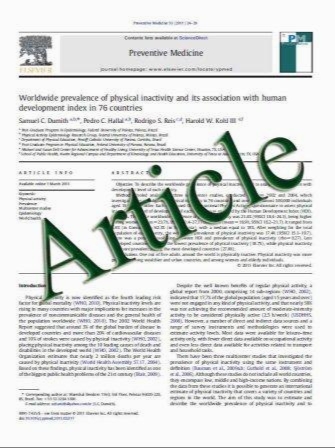TLIF for symptomatic disc degeneration: a retrospective study of 100 patients
- نوع فایل : کتاب
- زبان : انگلیسی
- مؤلف : Pier Paolo Mura • Mauro Costaglioli • Maurizio Piredda • Silvia Caboni • Silvia Casula
- چاپ و سال / کشور: 2011
Description
The goal of a fusion of the lumbar spine is to obtain a primary solid arthrodesis thus to alleviate pain. Different circumferential fusion techniques have been described such as combined anterior–posterior fusion (APF), instrumented posterior lumbar interbody fusion (PLIF) and transforaminal lumbar interbody fusion (TLIF). The TLIF procedure has rapidly gained popularity; because of its posterolateral extracanalar discectomy and fusion, it has been reported as a safe technique, without the potential complications described when using combined APF and PLIF techniques. A retrospective clinical and radiographic study was performed. The database of our Center was interrogated in a retrospective way to extract data from patients that underwent a one or two level lumbar fusion with TLIF approach. All patients had symptomatic disc degeneration of the lumbar spine. One hundred and fourteen levels fused from 2003 to 2008. All patients were operated in the same center. All the patients were operated by the same surgical team. Patients were evaluated preoperatively and postoperatively at 1 and 3 months and 1 and 2 years follow-up. The spine was approached through a classic posterior midline incision and subperiosteal muscular detachment. The side of facetectomy was chosen according to the subject’s symptoms of leg pain if present. A posterolateral annulotomy was made and subtotal discectomy was performed and the hyaline cartilage of endplates was removed. Once the surgeon was satisfied with endplate preparation, a banana shaped allograft spacer was inserted through the annulotomy and placed anteriorly. Additional autograft locally harvested from decompression was packed behind the allograft spacer in all cases. Laminae and the remaining contralateral facet joint were decorticated, and packed with bone graft (local autologous and allograft chips in some cases). The posterior fusion was instrumented with pedicle screws and titanium rods. The TLIF procedure had led to shortened surgical times, less neurologic injury, and improved overall outcomes. The introduction of the TLIF procedure has allowed surgeons to achieve successful fusion without the risk of nerve root tethering that is seen so frequently with standard PLIF techniques
Eur Spine J (2011) 20 (Suppl 1):S57–S60 DOI 10.1007/s00586-011-1761-2 Received: 2 March 2011 / Published online: 2 April 2011


